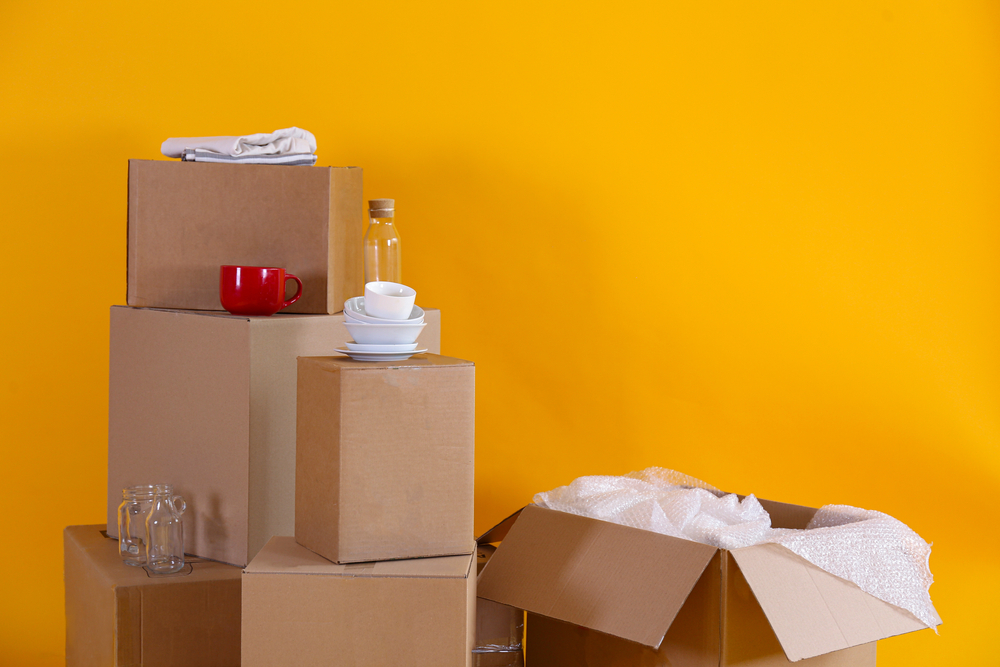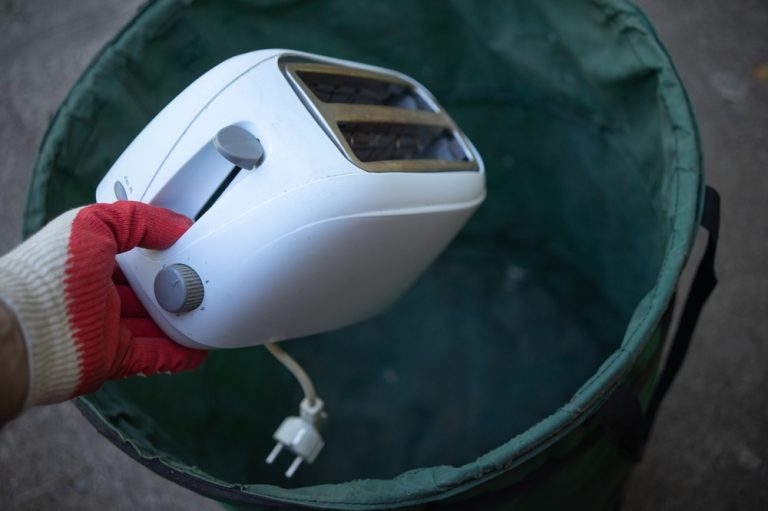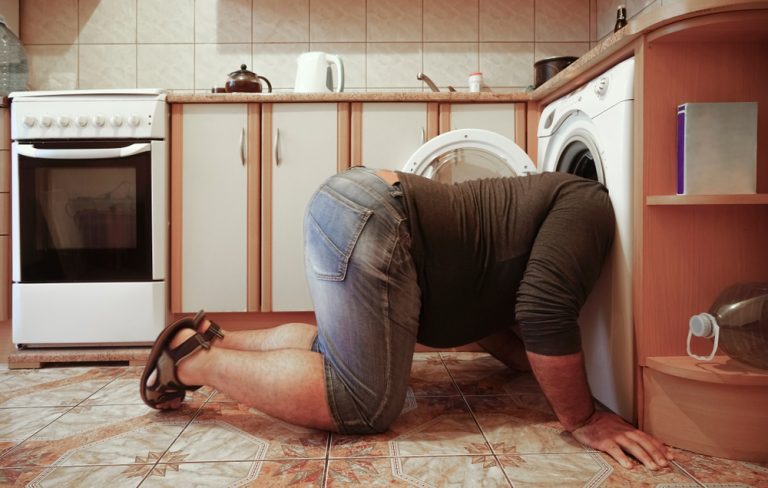How Best to Pack Bulky Kitchen Appliances

When moving or storing items, one of the biggest challenges is figuring out how best to pack bulky kitchen appliances. Appliances like refrigerators, ovens, and microwaves are essential parts of any kitchen, but their size and weight can make them difficult to handle. Proper packing ensures that these appliances stay protected during transportation and storage, preventing damage.
In this guide, we’ll provide practical steps on how to pack your large kitchen appliances efficiently and safely, ensuring they reach their destination intact.
Why Proper Packing of Bulky Kitchen Appliances is Important?
Before we delve into the specifics of how best to pack bulky kitchen appliances, it’s crucial to understand why this process is necessary.
Preventing Damage
- Avoid Scratches and Dents: Bulky appliances are prone to scratches and dents if not properly packed and secured. With their large surfaces, it’s easy for them to get banged around during transportation.
- Protect Delicate Parts: Appliances like ovens, dishwashers, and microwaves have delicate components such as glass doors, control panels, and electronic parts. Packing them properly ensures these components are protected from impact.
Ensuring Safe Transportation
- Weight Distribution: Bulky kitchen appliances are heavy and can easily tip over if not handled with care. Proper packing helps ensure even weight distribution, making it easier and safer to move them.
- Prevents Internal Damage: Packing bulky appliances carefully helps prevent internal mechanisms, such as motors and compressors, from being damaged during transit.
Materials Needed to Pack Bulky Kitchen Appliances
To effectively pack your large kitchen appliances, you’ll need to gather the right packing materials. Here’s a list of items that will make the process easier and safer.
Packing Supplies
- Appliance Boxes: Ideally, use the original boxes that came with the appliances. If those are not available, find sturdy moving boxes that are designed for large appliances.
- Bubble Wrap: Bubble wrap is essential for protecting delicate parts like control panels, glass doors, and corners. It cushions the appliance during transportation.
- Furniture Blankets: Furniture blankets or moving blankets can help protect the exterior of the appliances from scratches and dents.
- Packing Tape: Strong packing tape is necessary to secure bubble wrap and blankets in place.
- Appliance Dolly or Hand Truck: A heavy-duty appliance dolly or hand truck is needed to move bulky appliances safely and efficiently.
- Moving Straps: Straps are useful for securing appliances in the moving truck and ensuring they don’t shift during transportation.
- Foam Padding: Foam padding can be used to provide extra cushioning around sensitive areas or corners.
Also Read – Can You Rent Kitchen Appliances?
Step-by-Step Guide on How Best to Pack Bulky Kitchen Appliances
Now that you have the necessary materials, let’s walk through the steps of how best to pack bulky kitchen appliances for moving or storage.
Step 1: Clean and Defrost the Appliances
- Thoroughly Clean the Appliance: Before packing, clean the appliance inside and out. For refrigerators and freezers, remove any food, defrost them, and wipe them dry. This prevents mold and mildew from forming during transit.
- Unplug and Disconnect: Make sure to unplug all appliances and disconnect any gas or water lines, such as those for ovens or dishwashers. Coil up cords and hoses and secure them with twist ties or rubber bands to keep them from dangling.
Step 2: Disassemble Removable Parts
- Remove Shelves and Trays: Take out any removable parts such as refrigerator shelves, oven racks, or microwave trays. Wrap these parts separately in bubble wrap and pack them in a separate box.
- Secure Doors and Drawers: Use packing tape or rope to secure the doors and drawers of appliances like refrigerators, ovens, and dishwashers. This prevents them from opening during the move.
Step 3: Protect the Appliance with Padding
- Wrap with Bubble Wrap: Wrap bubble wrap around any delicate parts of the appliance, such as control panels, handles, and corners. This helps cushion the appliance from any impacts.
- Cover with Moving Blankets: Once the appliance is wrapped in bubble wrap, cover the entire appliance with a moving blanket or furniture blanket. Secure the blanket with packing tape to ensure it stays in place.
Step 4: Secure the Appliance on a Dolly
- Use an Appliance Dolly: For heavy appliances like refrigerators, dishwashers, and ovens, an appliance dolly is essential. Slide the dolly under the appliance, making sure the weight is evenly distributed.
- Secure with Straps: Use moving straps to secure the appliance to the dolly. This prevents the appliance from tipping or sliding off during transportation.
Step 5: Load the Appliance into the Moving Vehicle
- Lift with Care: When lifting the appliance, make sure to use proper lifting techniques to avoid injury. It’s best to have at least two people to help with heavy items.
- Place in an Upright Position: Always transport appliances like refrigerators and freezers in an upright position to prevent damage to their internal components. Laying them flat can cause oil or coolant to flow into the compressor, damaging the appliance.
- Secure in the Vehicle: Once the appliance is loaded into the truck, secure it with moving straps to prevent it from shifting during transit. Place other boxes or items around it to provide extra stability.
Tips for Packing Different Bulky Kitchen Appliances
Different kitchen appliances require unique handling when packing and moving. Here are some specific tips on how best to pack bulky kitchen appliances based on the type of appliance:
Refrigerators and Freezers
- Defrost in Advance: Defrost your refrigerator or freezer at least 24 hours before moving. This ensures all moisture is gone, preventing leaks.
- Use the Right Size Box: If you’re using a moving box, ensure it fits snugly around the refrigerator or freezer to provide maximum protection.
Ovens and Stoves
- Remove Gas Connections Carefully: If you have a gas stove, make sure to hire a professional to disconnect the gas line safely. Seal the connection point to prevent dust and debris from entering.
- Protect the Glass Door: For ovens with glass doors, be sure to wrap the door in bubble wrap or foam padding to prevent it from cracking.
Dishwashers
- Drain and Dry: Drain all water from the dishwasher and allow it to dry completely before packing. This prevents water from leaking during the move.
- Wrap Hoses Separately: Detach and wrap hoses in bubble wrap, then store them in a separate box.
Microwaves and Small Appliances
- Use a Box with Dividers: If packing smaller kitchen appliances like microwaves, coffee makers, or blenders, consider using a box with dividers to keep the items separated and secure.
- Wrap Glass Components: Wrap any glass plates or containers with bubble wrap and pack them separately to avoid breakage.
How to Unpack Bulky Kitchen Appliances Safely?
Once you’ve reached your destination, knowing how best to pack bulky kitchen appliances also includes understanding how to unpack them safely.
Remove Wrapping with Care
- Cut Tape Gently: Use a box cutter or scissors to carefully cut the packing tape and remove the moving blankets or bubble wrap from the appliance.
- Inspect for Damage: Before reconnecting the appliance, inspect it for any damage that may have occurred during transportation.
Reassemble and Reconnect
- Reconnect Water and Gas Lines: For appliances like dishwashers and stoves, carefully reconnect the water and gas lines. If you’re unsure, hire a professional plumber or gas technician to do this for you.
- Plug In and Test: Plug in the appliance and test it to ensure it’s functioning correctly. If everything checks out, you can start using it immediately.
Conclusion
Learning how best to pack bulky kitchen appliances is essential for ensuring a smooth, damage-free move. By following the steps outlined in this guide—cleaning, disassembling, padding, securing on a dolly, and loading correctly—you can safely transport your appliances without worry. Proper packing and handling will protect your valuable kitchen appliances, ensuring they arrive in perfect condition and are ready for use in your new home.






